Barbecuing ribs is an art form that many aspire to master. From the choice of meat to the seasoning and cooking technique, each step plays a crucial role in achieving that perfect, tender, and flavorful rack of ribs. However, even seasoned grill masters can make mistakes that compromise the quality of their ribs. Let's explore some of the common mistakes made when barbecuing ribs and how to avoid them.
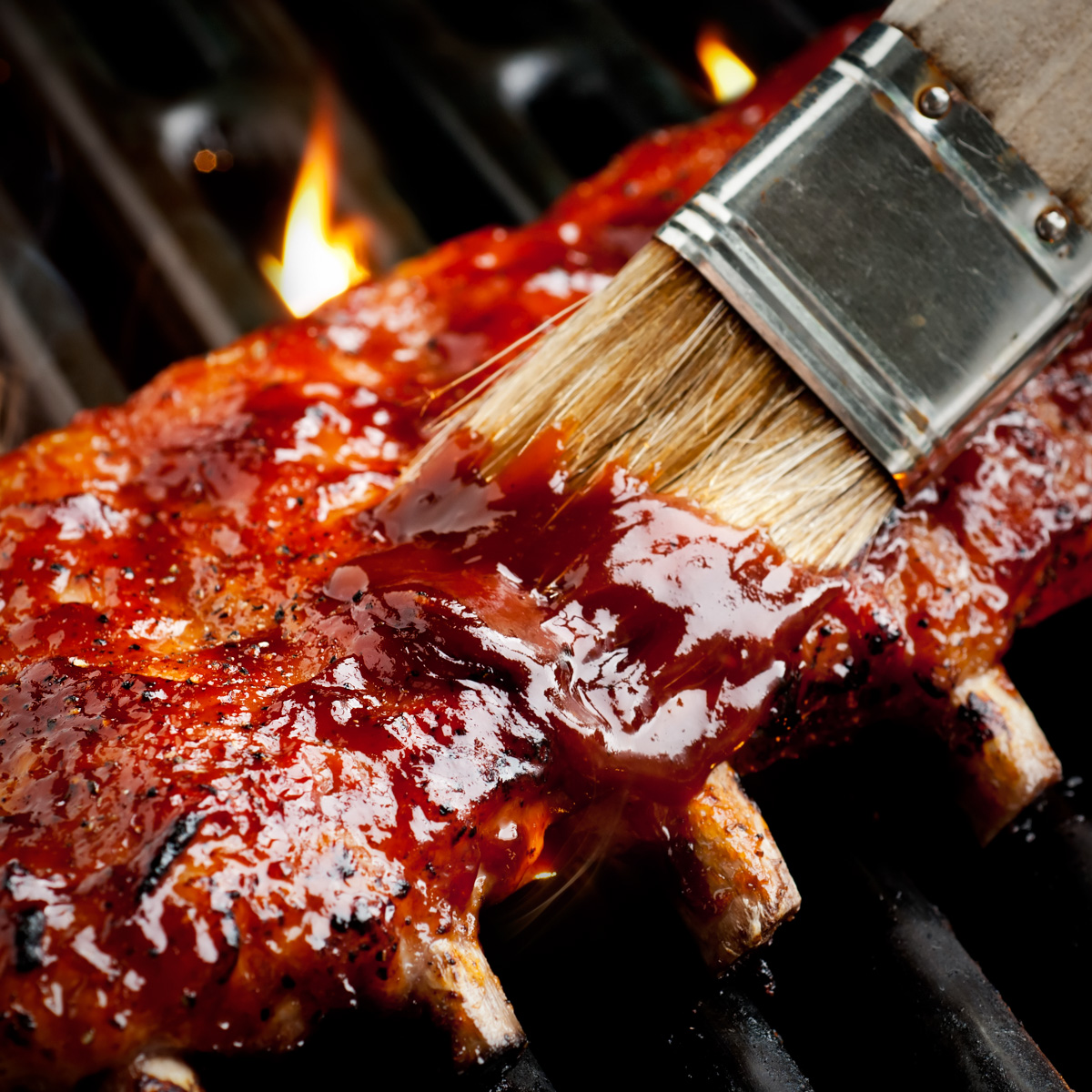
Jump to:
- Not Planning Enough Time to Barbecue
- Not Cleaning the Grill First
- Using Lighter Fluid to Start the Coals
- Not Removing the Membrane from the Back of the Ribs
- Not Using Dry Rub Before Smoking
- Not Smoking the Ribs Low and Slow
- Undercooking or Overcooking the Ribs
- Grilling Ribs Without Smoking Them First
- Not Cooking Enough Ribs
- Selecting the Wrong Wood to Smoke With
- Using Too Much Smoke
- Not Using a Temperature Control Device Like a Fireboard
- Opening the Grill Lid Too Often
- Not Braising the Ribs After Smoking Using the Texas Crutch
- Putting the Sauce on the Ribs Too Soon
- Final Thoughts
Not Planning Enough Time to Barbecue
Barbecuing ribs is a labor of love that requires patience and time. Plan ahead and allow ample time for the ribs to smoke slowly to perfection. Rushing the cooking process can lead to tough, undercooked ribs. Likewise, there is nothing worse than having your guests stand around waiting while the ribs need an extra hour to cook. Start early and give yourself plenty of time to enjoy the process. If you are using the 3-2-1 method, you will need 6 full hours for cooking, plus 30 minutes for prep, time for the smoker to heat up and another 10-15 minutes to plate and serve. If you want to eat at 6:00 PM, you will need to light the smoker at 11:15 AM.
Not Cleaning the Grill First
A dirty grill can impart off-flavors and lead to uneven cooking. Take the time to clean your grill thoroughly, removing any leftover food debris and grease. This ensures that your ribs cook evenly and taste their best, without any unwanted flavors.
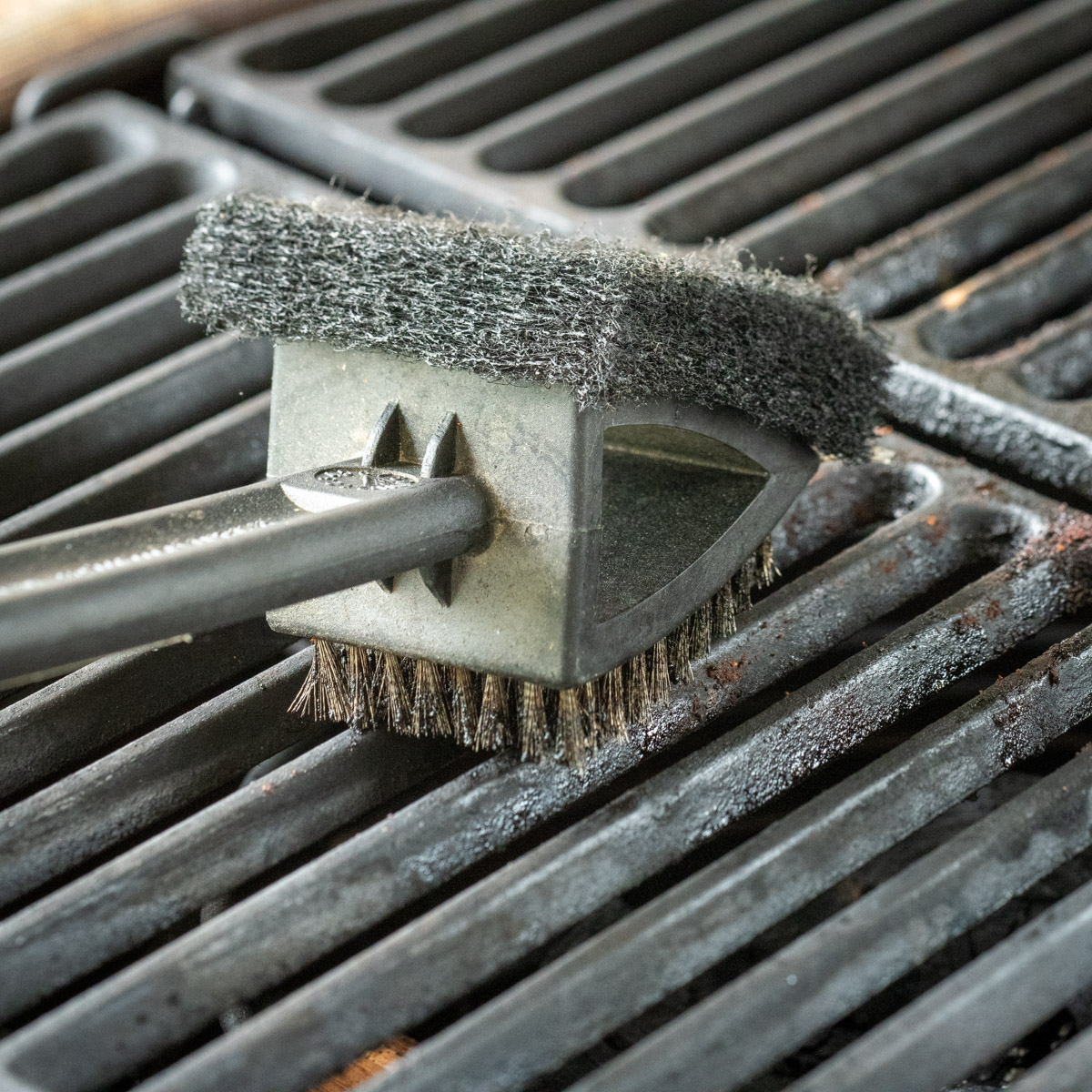
Using Lighter Fluid to Start the Coals
Lighter fluid can create unpleasant odors when burned and potentially add a chemical taste to your ribs. Instead, use a chimney starter, electric starter or Grill Gun to light your coals.
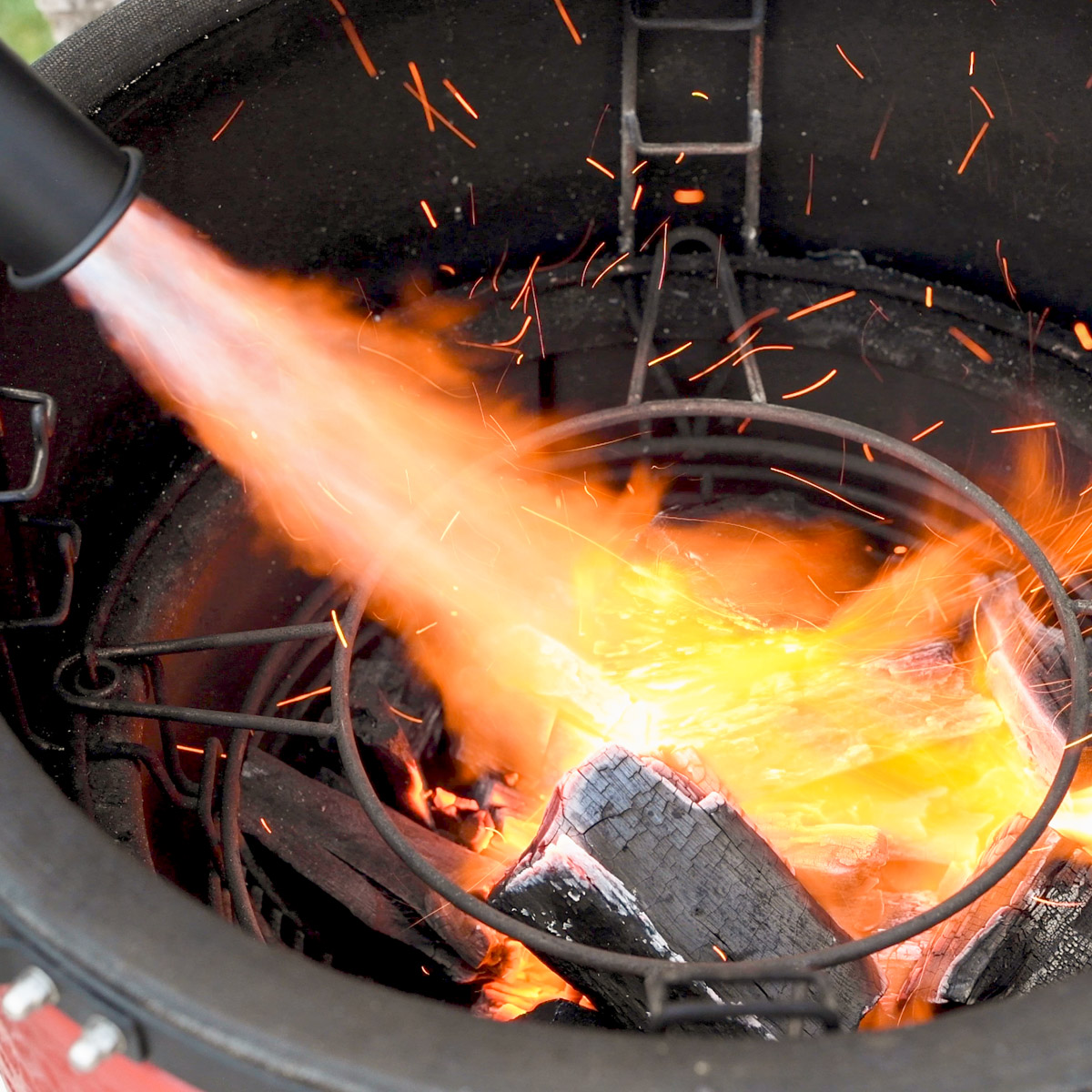
Not Removing the Membrane from the Back of the Ribs
The tough membrane on the back of ribs can hinder flavor absorption and create tough and chewy ribs. To remedy this, gently slide a knife or your fingers under the membrane, then grasp it with a paper towel and peel it off before seasoning the ribs. This simple step allows your rub and smoke to penetrate the meat evenly, resulting in more tender and flavorful ribs.

Not Using Dry Rub Before Smoking
A dry rub is essential for adding flavor and creating a flavorful crust on your ribs. Generously apply your favorite dry rub to the ribs, covering them on all sides. Then, wrap them in plastic wrap and refrigerate them overnight. This will help the flavors to penetrate the meat during the smoking process. Don't use aluminum foil because the salt in the dry rub will eat holes in the foil overnight and ruin the ribs.
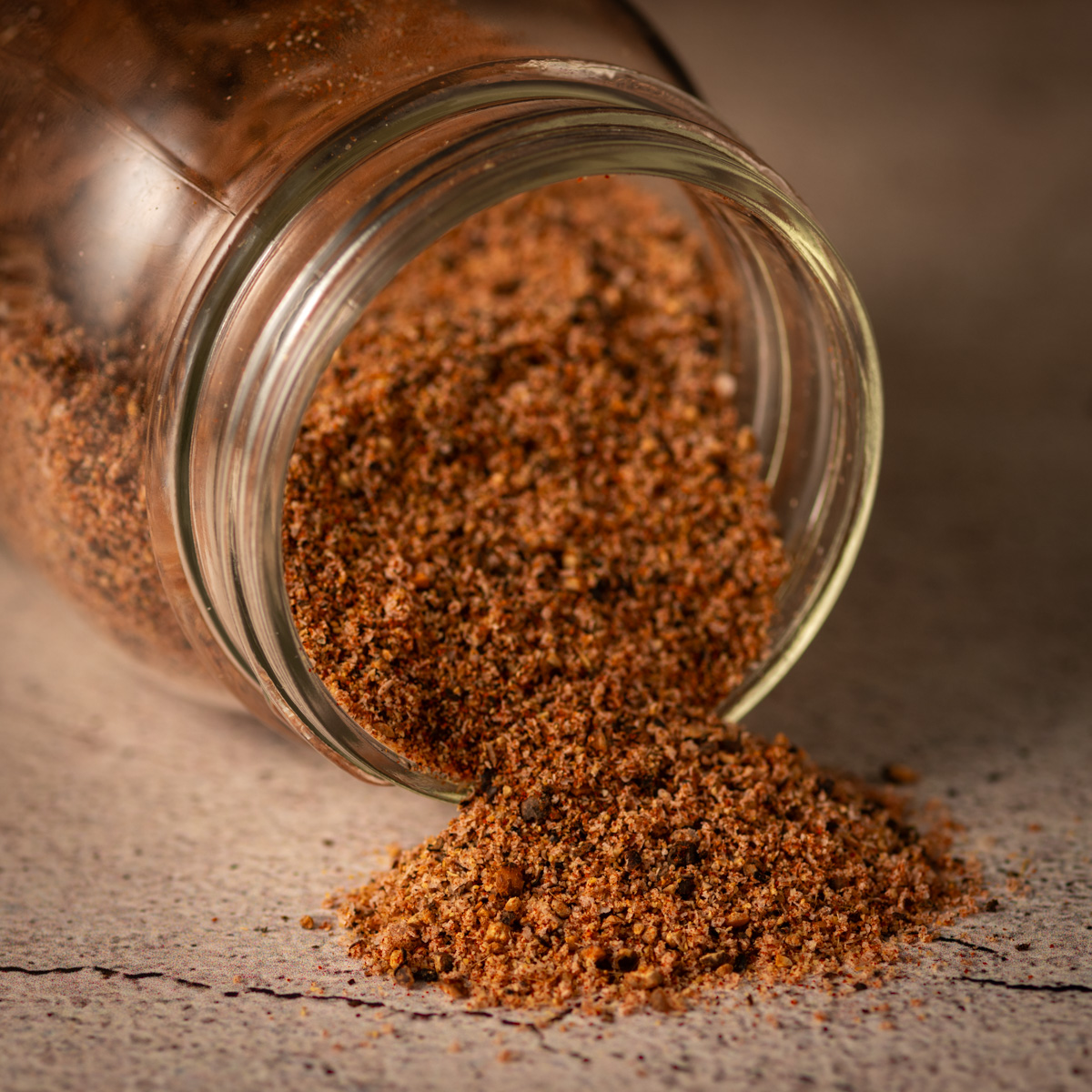
Not Smoking the Ribs Low and Slow
Barbecuing ribs is all about low and slow cooking, allowing ample time for flavors to develop and connective tissues to break down. Maintain a consistent temperature of around 225-250°F (107-121°C) to slowly render the fat and tenderize the meat. Resist the temptation to crank up the heat because that will just cause tough, dry meat. Allow the ribs to cook slowly over three hours. Then wrap them in foil with some liquid and return them to the smoker for two more hours. Finally, finish them on a medium-hot grill with barbecue sauce. This gradual process, known as the 3-2-1 method, is key to achieving ribs that are moist, tender, and infused with smoky goodness.
Undercooking or Overcooking the Ribs
Determining when ribs are ready to come off the grill can be tricky. Undercooked ribs will be tough and chewy, and overcooked ribs can be dried out. Use a meat thermometer to gauge doneness, aiming for an internal temperature of 190-203°F (88-95°C). Additionally, look for meat that pulls away from the bone, about ¼-inch at the ends. You want ribs that are pulling away from the bone, but not falling off the bone. Additionally, when lifted with tongs from one end, the ribs should bend and start to crack but don't break apart completely.
Grilling Ribs Without Smoking Them First
While grilling ribs over direct heat can cook them quickly, they won't develop the deep, smoky flavor that comes from smoking. They will also be tough as shoe leather. Avoid this by maintaining a low temperature of 225-250°F over indirect heat. Ribs need time for the collagen to break down before they become tender. Before grilling, give your ribs time to smoke over indirect heat, allowing the wood smoke to infuse the meat. Also, use a water pan in the smoker to help moderate the temperature and maintain a moist environment.
Not Cooking Enough Ribs
It's always better to have too many ribs than too few, especially when hosting a barbecue gathering. If you are making pork ribs, like baby back ribs, St. Louis ribs or spare ribs, plan on at least one-half rack per person. If you are making beef ribs (aka dino bones) plan on at least two ribs per person. Then consider making extra to accommodate second helpings. Leftover ribs can always be enjoyed later or shared with guests to take home.

Selecting the Wrong Wood to Smoke With
The type of wood you use can significantly impact the flavor of your ribs. Choose woods that complement the natural flavor of the meat without overpowering it. Hickory and mesquite are popular choices for ribs, but I find them to be too strong. I prefer using milder fruit woods such as apple or cherry for a sweeter, milder smoke flavor.
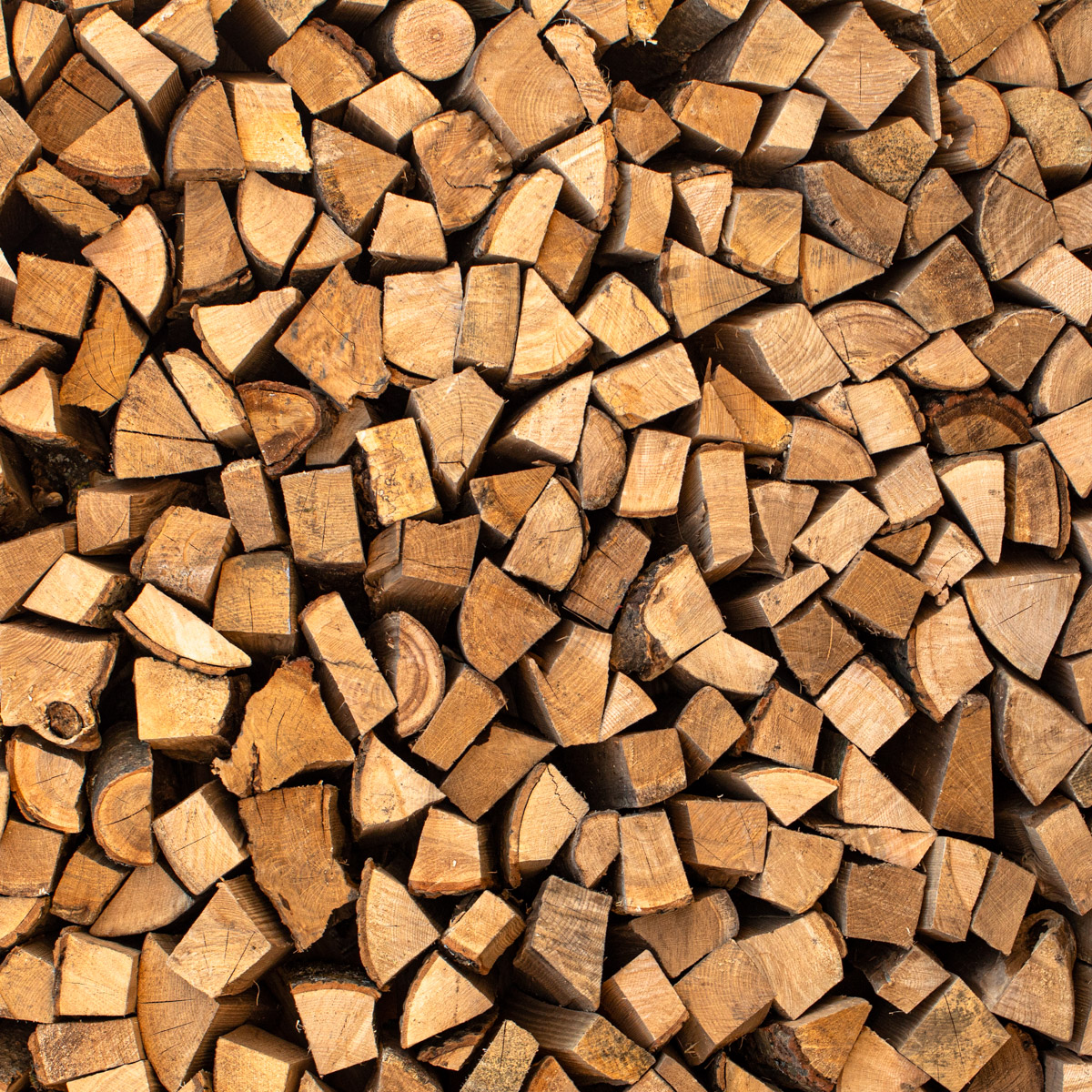
Using Too Much Smoke
While a little smoke adds depth and complexity to barbecue ribs, too much smoke can overpower the meat and make it bitter. Use only a moderate amount of wood chips or 3-4 wood chunks.
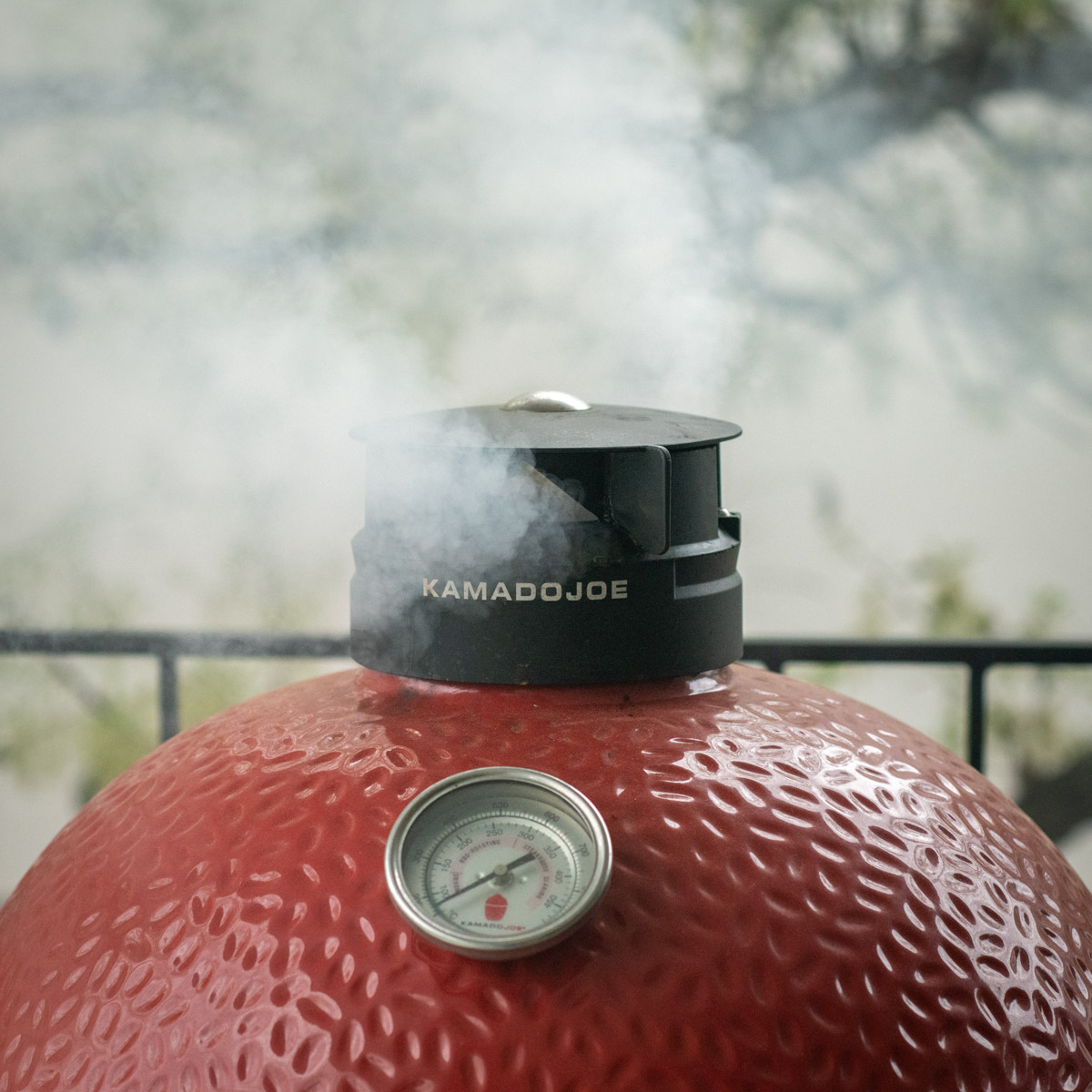
Not Using a Temperature Control Device Like a Fireboard
Maintaining a consistent temperature is essential for successful barbecue ribs. Invest in a temperature control device like a Fireboard, which allows you to monitor and adjust the temperature of your grill remotely. This ensures that your ribs cook evenly and come out perfectly every time.

Opening the Grill Lid Too Often
Every time you open the grill lid, you let out heat and smoke, which will just prolong the cooking. Use a temperature control device, the like Fireboard, and trust it. Only open the lid when necessary to baste the ribs or check for doneness.
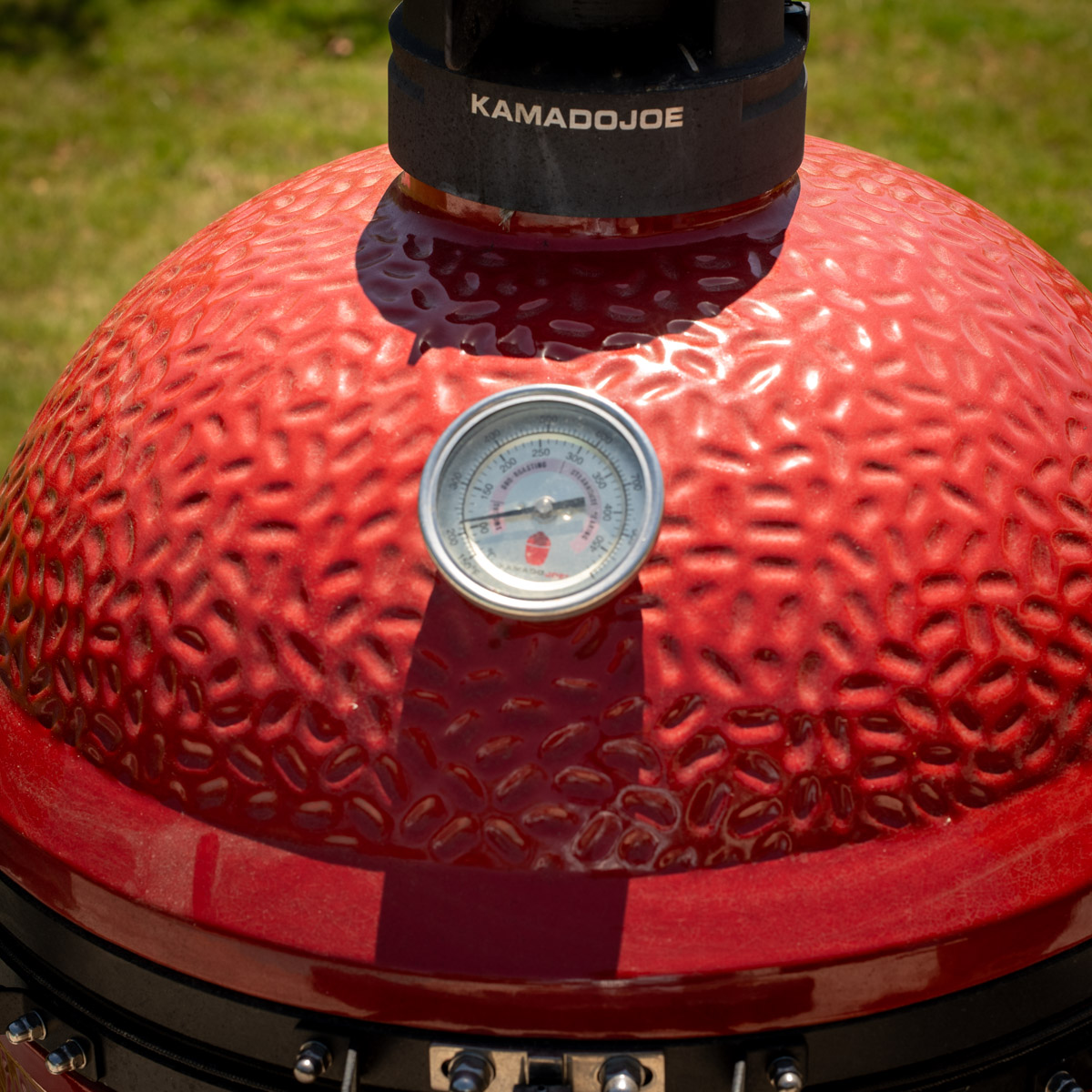
Not Braising the Ribs After Smoking Using the Texas Crutch
The Texas crutch, a technique where ribs are wrapped in foil with a bit of liquid (such as apple juice or broth) during the cooking process, helps tenderize the meat and lock in moisture. After smoking for a few hours, wrap the ribs tightly in foil and return them to the smoker until they reach the desired tenderness. This is part 2 of the 3-2-1 method. Learn more in my post for 3-2-1 Ribs.
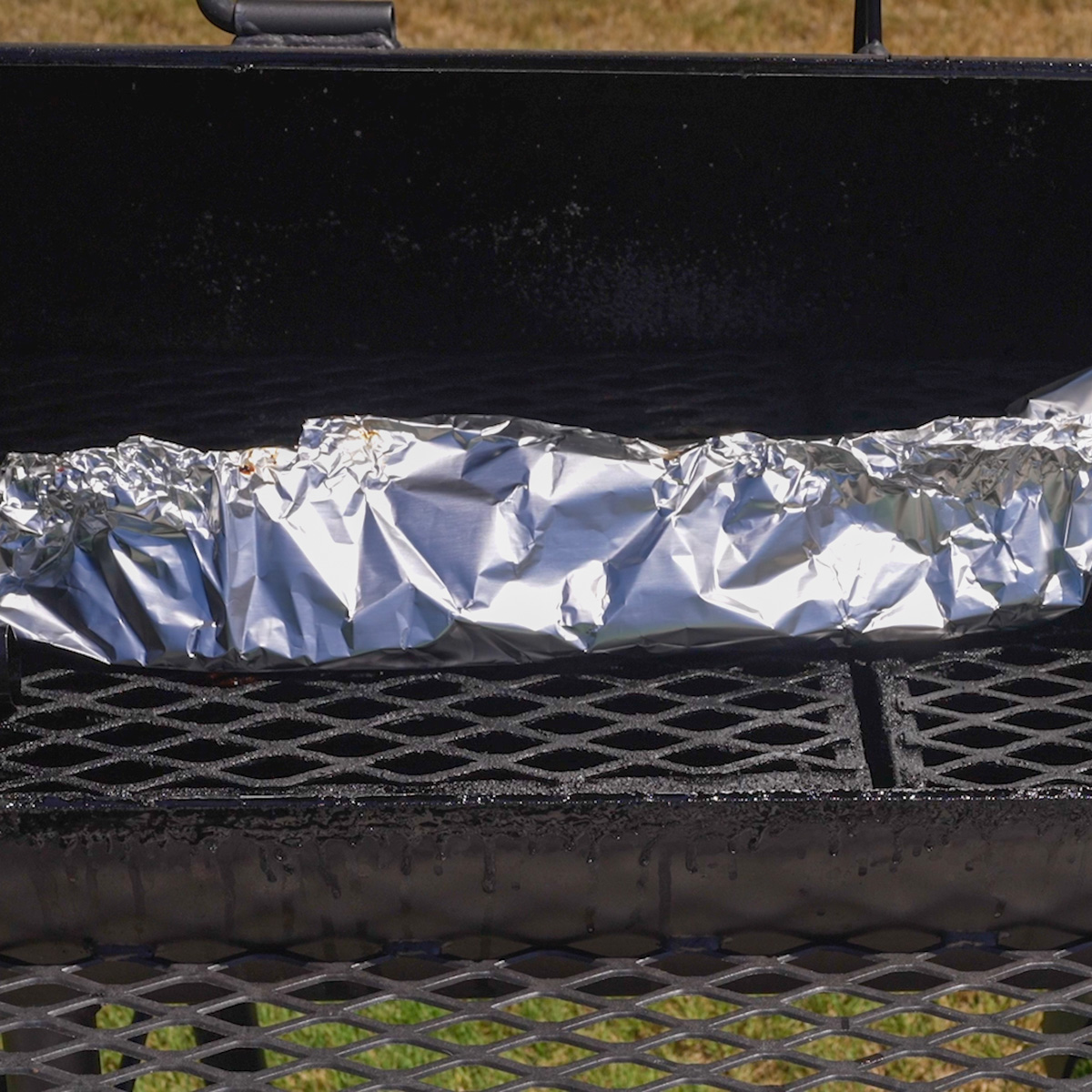
Putting the Sauce on the Ribs Too Soon
Barbecue sauce adds delicious flavor to your 'cue, but applying it too early can lead to sticky, burnt ribs rather than lusciously glazed ribs. Wait until the final stages of cooking (the "1" part in the 3-2-1 method) to brush on the sauce, typically during the last 15-20 minutes. This prevents sugars in the sauce from caramelizing too quickly, resulting in perfectly glazed ribs with a rich, smoky flavor.
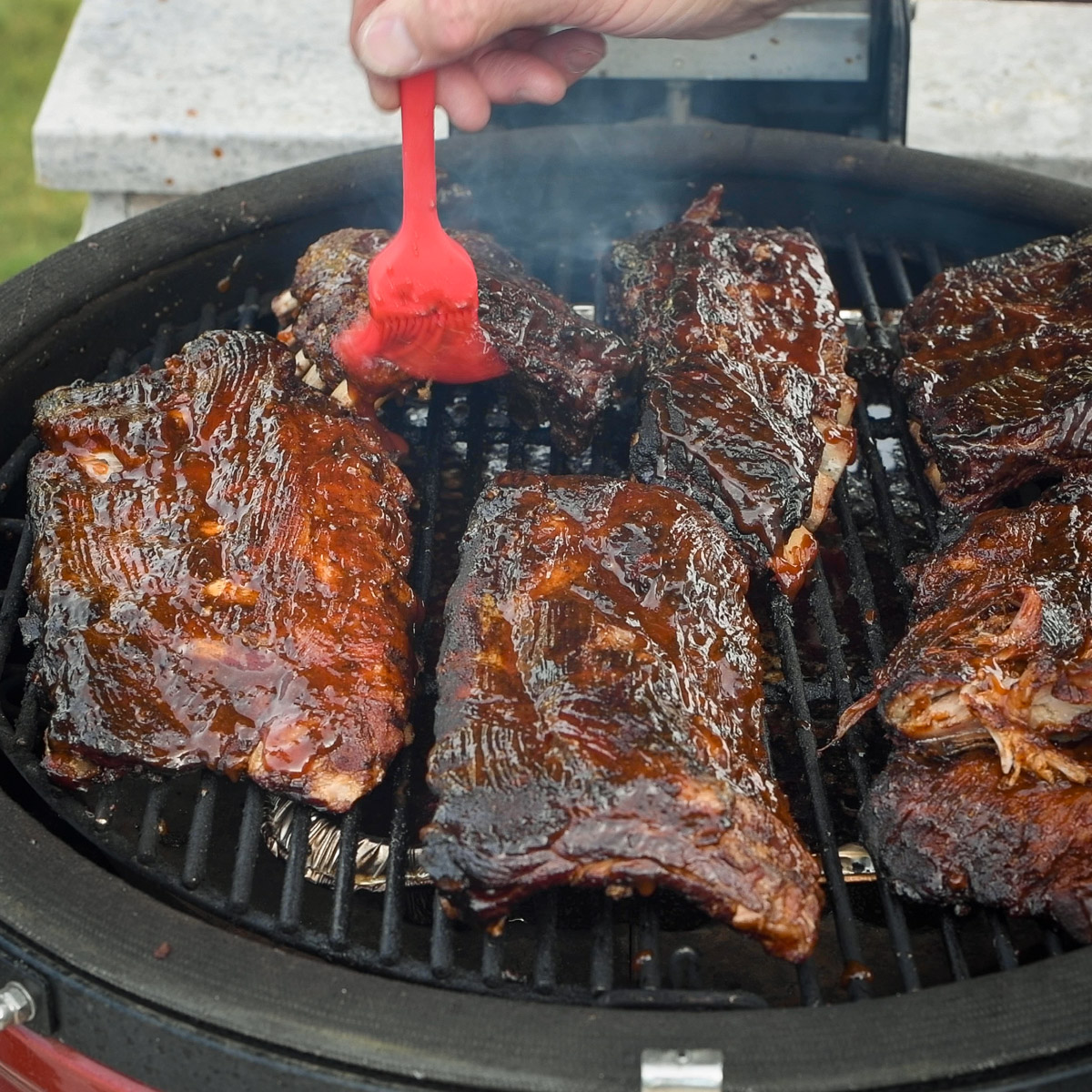
Final Thoughts
Barbecuing ribs is a labor-intensive process that requires attention to detail and a good understanding of the cooking process. By avoiding these common mistakes and following proper techniques, you can achieve tender, flavorful ribs that will impress your friends and family at your next barbecue gathering. Take your time, trust your instincts and enjoy the process of creating delicious barbecue ribs for yourself and your loved ones.
Also, see my post on Baby Back Ribs vs. Spare Ribs: What's the Difference? Happy grilling!

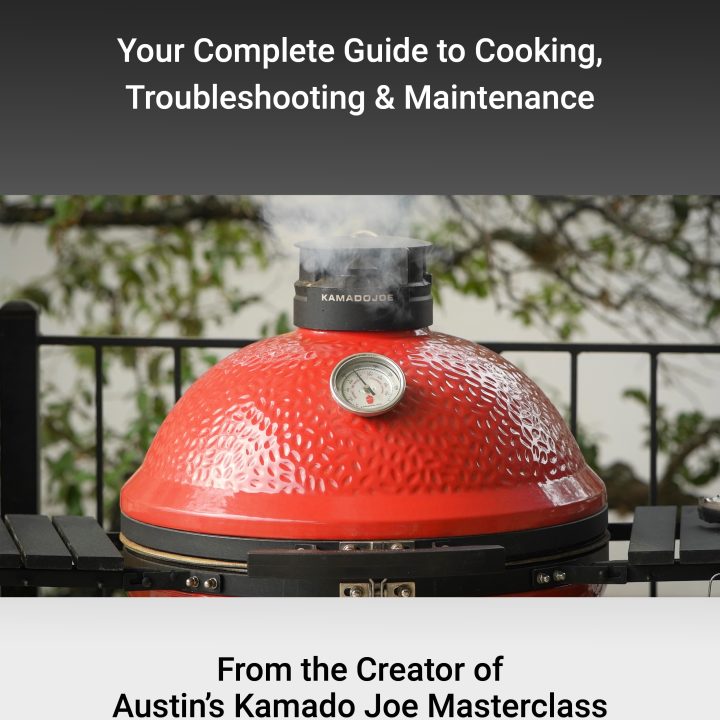

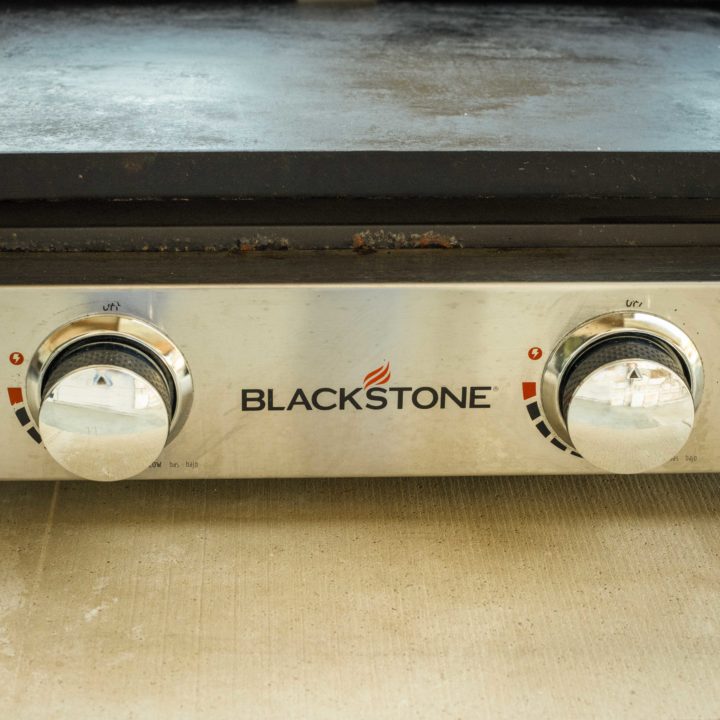

Leave a Reply